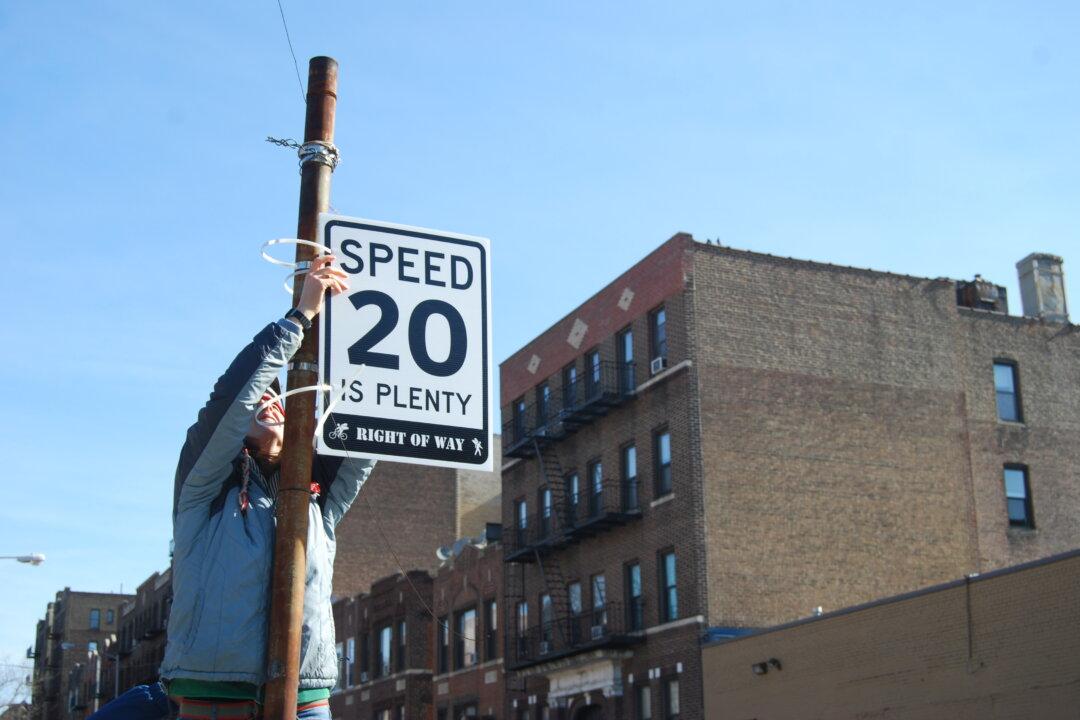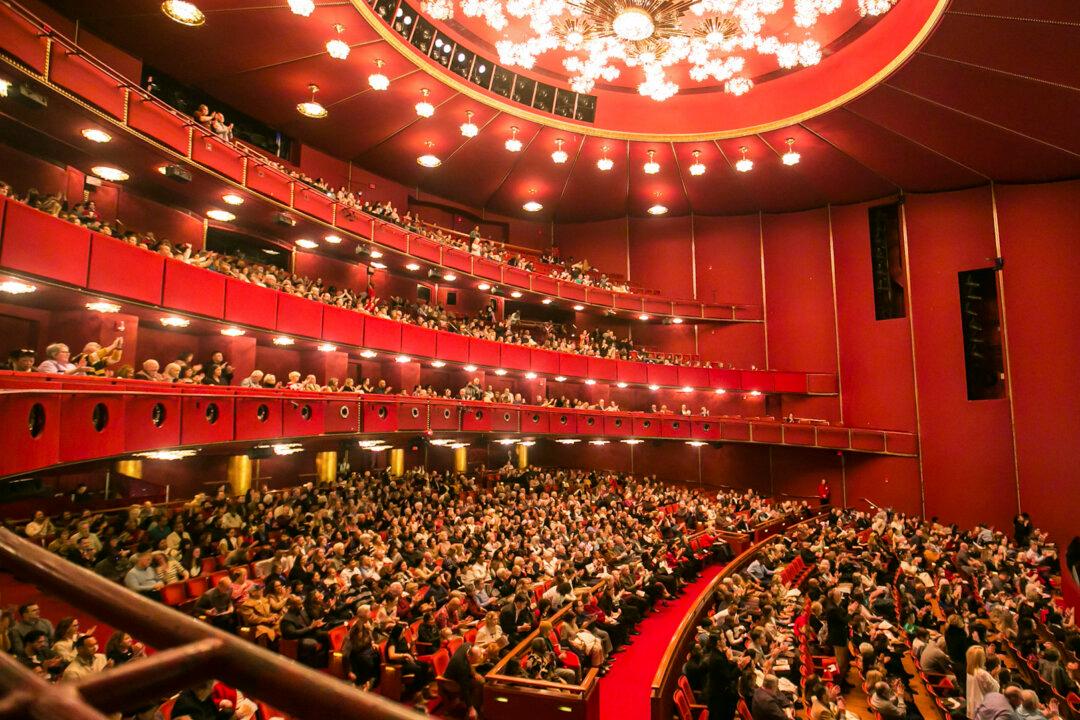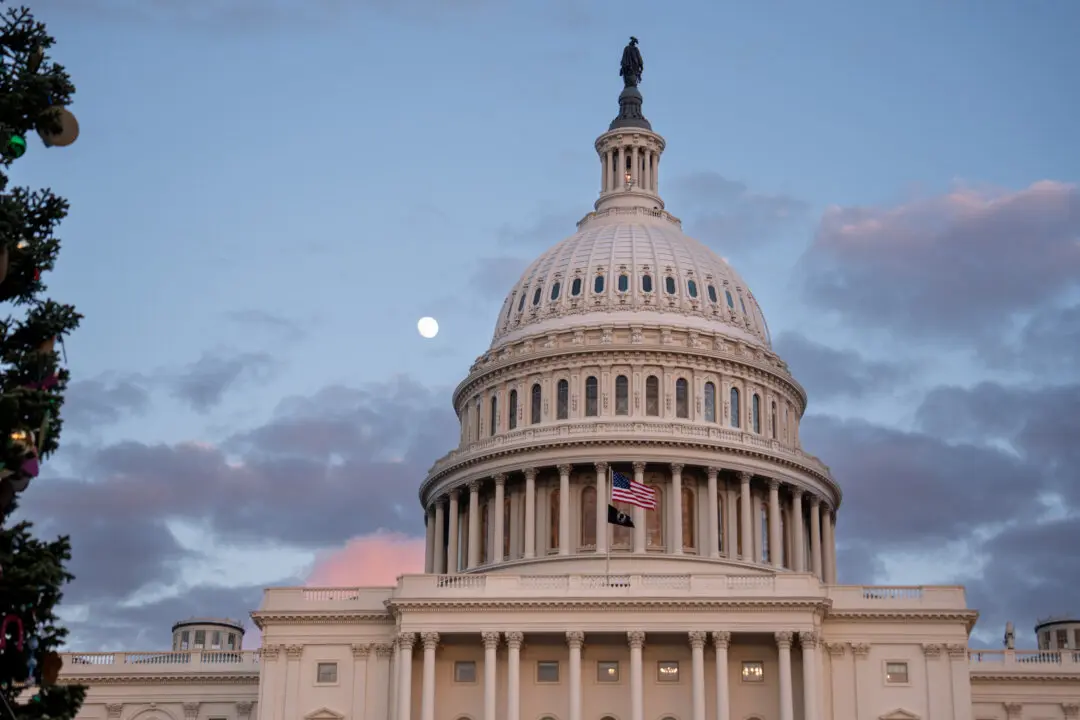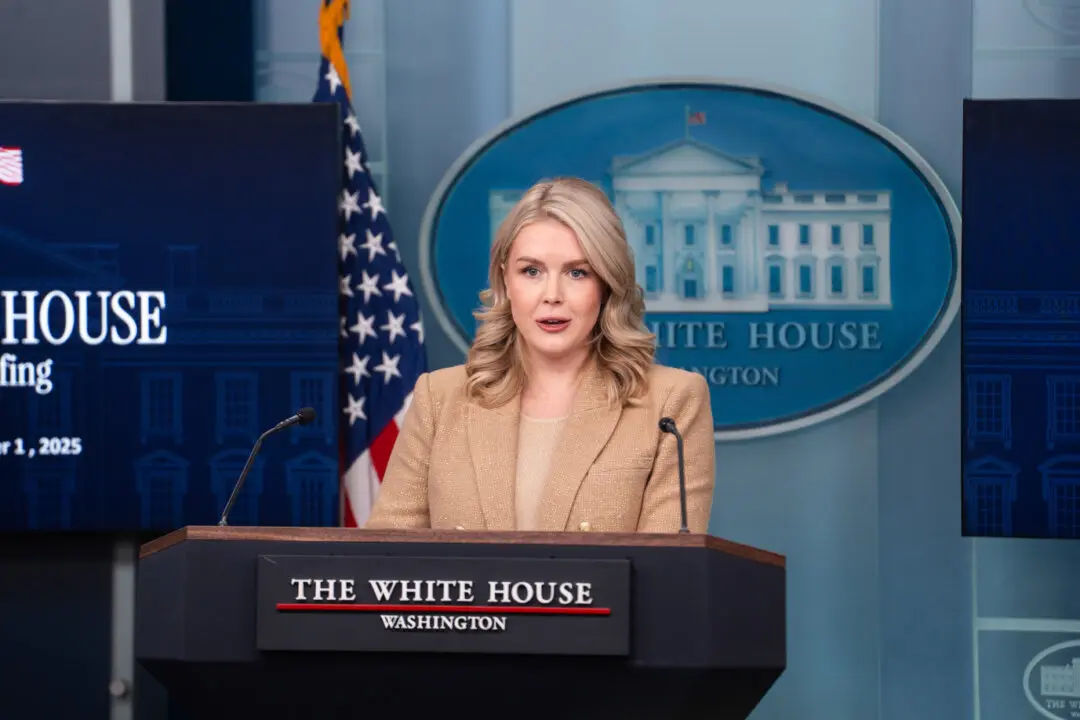NEW YORK—A man with his iPhone stopped on the sidewalk in Astoria, Queens, and watched neighborhood residents put up a new 20 mph speed limit sign. He handed his phone to a passerby and asked to have a picture taken with sign.
Minutes later a man walking his two dogs had a similar photo taken. A bicyclist and someone who parked nearby to shop for groceries were also excited.
“It should be like this all over the city,” one man said smiling before getting into his car.
Over the weekend do-it-yourself slow zones like the one in Astoria sprouted up in 10 neighborhoods across the city. The signs were not made by the Department of Transportation, which is the city agency responsible for doing so. Instead small community groups concerned with street safety made their own signs.
Many of the neighborhoods where the signs went up have already been designated as slow zones by the city, but the Department of Transportation goes through a lengthy process to finally install the signs. Instead of waiting, locals made their owns signs resembling official DOT signs, the exception of a little twist—they read “20 is plenty.”
Slow Zones
Neighborhood slow zones are programs that reduce the speed limit of an area from the citywide 30 mph limit to 20 mph with speed limit signs and added safety measures like speed bumps.
The DOT creates slow zones in response to community applications. The program was first announced in 2010 with plans for 14 slow zones, and last October DOT approved 15 more applications out of 74 submitted.
“Safety is DOT’s number one concern,” said DOT spokesman Nicholas Mosquera in an email. “DOT selects locations based on crash history, community support, proximity of schools and senior and day care centers, among other criteria.”
Implementation of these slow zones is drawn out due to a lack of resources. Many approved slow zones are awaiting groundbreaking, and applications don’t open again until 2016.
Thus, residents have taken it upon themselves to put up 20 mph signs, reminding drivers to slow down in areas where applications were not taken, or approved but awaiting groundbreaking.
The weekend project was proposed by activist group Right of Way.
The topic of street safety has come a long way into becoming a mainstream concern.
Around a hundred people showed up Saturday, starting in Fort Greene to kick off the slow zone effort. Small groups of neighbors continued putting up signs in the Upper West Side,
Drawn-Out Process
The mayor’s initiative to reduce traffic fatalities citywide, called Vision Zero, includes creating 25 new slow zones.
But some of the slow zones approved or proposed by the DOT have been stalled or rejected as well.
“These rejections and delays are largely due to the last administration granting community boards veto power over slow zones,” said Keegan Stephan, organizer with Right of Way.
Earlier this year the DOT presented a proposed slow zone to community boards in Bedford-Stuyvesant in Brooklyn, but the area fell within two boards’ jurisdictions. One community board voted for it, but the other voted against it.
Right of Way is also urging a change to the process in identifying and implementing areas for slow zones. Stephan said the DOT should have veto power on items like this, so it is able to install slow zones where the data shows it’s appropriate.
According to the DOT, the proposed Bedford-Stuyvesant slow zone area averaged 62.4 traffic injuries a year.
Safe Streets Movement
Earlier this year Right of Way held another event, and on a day’s notice over a hundred people showed up to hold “20 is Plenty” speed limit signs at Grand Army Plaza. Passersby responded similarly to that weekend’s slow zone efforts as well—many who came in passing or to enjoy Prospect Park stopped to hold up a sign in support.
Just a few years ago the same site was one of protest and passersby had a notably different reaction. Protesters wanted safer bike lanes, while onlookers thought they were crazy for wanting to bike in the area at all.
“There used to be the attitude or perception that living in a big city required a certain sacrifice, and that sacrifice was the loss of life and these dangerous streets,” said Paul Steely White, executive director of Transportation Alternatives. But the visual transformation of major streets in the city throughout the previous administration and Mayor Bill de Blasio’s commitment to Vision Zero has given residents a new outlook, he said.
“Before, people thought there was only one way to design streets,” Steely White said. Because it couldn’t be visualized, the thought of a bike lane or pedestrian plaza was something “European,” and too far out of reach. But seeing some of the city’s most iconic streets transformed has raised a lot of awareness, he said. “These are more rational, more predictable streets.”
With these hugely visible changes, the safe streets movement gained significant momentum, Steely-White explained. At a recent Transportation Alternatives workshop to brainstorm ways to transform Jay Street in Brooklyn, the venue was so packed people eventually had to be turned away.
And with the mayor’s Vision Zero initiative, he said, the safe streets movement has more so gone from one of isolated pedestrian or bicyclist advocacy to an issue concerning anyone who ever uses the city’s streets.
City officials, in promising major street redesigns and stricter enforcement of traffic laws, have stressed that safety will come from a change in culture, and that the movement will be—and has been—led by communities.





